Is learning to draw a daunting task? At LEARNS.EDU.VN, we believe mastering drawing involves understanding artistic fundamentals, honing hand-eye coordination, and dedicating time to practice. But don’t worry, it’s achievable with the right approach! Discover valuable drawing insights and techniques on our platform.
1. Why Drawing Seems So Difficult for Beginners
Drawing can initially feel overwhelming for several reasons. It’s not just about talent; it’s about skill development. Let’s break down the primary hurdles beginners often face:
1.1. The Need for Fine Motor Skills and Hand-Eye Coordination
Drawing involves a delicate dance between your eyes and your hands. It requires precise, fluid movements that become second nature through practice. Think of it like learning to drive – at first, every move feels deliberate and awkward. As you gain experience, these actions become automatic. Similarly, experienced artists rely on muscle memory developed through countless hours of practice, which can be challenging for beginners to replicate immediately. This is explained further in research done by the National Art Education Association.
1.2. A Steep Learning Curve for Art Fundamentals
Understanding and applying art fundamentals such as perspective, anatomy, and shading techniques are crucial for creating realistic and compelling drawings. Mastering these concepts takes time and dedicated effort. Even after a year of focused practice, many artists feel they have only scratched the surface of what they can learn. This is why institutions like the Royal Drawing School offer extensive courses on these fundamentals.
1.3. The Importance of Observational Skills
Drawing isn’t just about replicating what you see; it’s about interpreting and translating your observations onto paper. This involves accurately gauging proportions, understanding spatial relationships, and deciding which details to emphasize or omit. Beginners often struggle with scaling marks correctly and determining what to include in their drawings, resulting in busy and less visually appealing artwork. Resources like “Drawing on the Right Side of the Brain” by Betty Edwards delve into developing these observational skills.
1.4. Commitment, Patience, and Persistence
Perhaps the biggest challenge is the dedication required to push past the initial difficulties. Many people give up before they start to see significant improvements, assuming that drawing ability is solely based on natural talent. However, consistent practice, a willingness to experiment with different styles and techniques, and a positive attitude toward learning are essential for progress. Seeking feedback from other artists and being open to constructive criticism can also accelerate your learning journey.
2. Debunking the Myth of Innate Talent in Drawing
The idea that drawing is a talent only a few possess is a misconception. Studies in cognitive psychology suggest that artistic skills are more about learned abilities than inherent gifts. Anyone can learn to draw with proper guidance, consistent practice, and a willingness to learn. At LEARNS.EDU.VN, we are dedicated to breaking down complex concepts into manageable steps.
3. Five Search Intentions for “How Hard Is It to Learn How to Draw”
To fully address the question, “How Hard Is It To Learn How To Draw,” it’s important to consider the different intentions behind the search:
- Difficulty Assessment: Users want to understand the challenges involved in learning to draw.
- Time Commitment: Users want to know how much time it takes to become proficient in drawing.
- Required Skills: Users want to identify the specific skills needed to learn how to draw.
- Learning Resources: Users seek information about available resources for learning to draw.
- Motivation and Encouragement: Users look for motivation and assurance that learning to draw is possible.
4. Five Strategies for Simplifying the Drawing Process
Here are effective strategies to make learning to draw more manageable:
4.1. Constructing Drawings with Basic Geometric Shapes
Instead of focusing on copying outlines, learn to build your drawings using simple three-dimensional shapes like boxes, spheres, and cylinders. This approach helps you understand the underlying structure of objects and create more depth in your drawings. Resources like Draw A Box offer excellent exercises for practicing this technique. When drawing portraits, constructive methods such as the Loomis Method enable you to systematically create complex organic shapes from a simple sphere.
4.2. Studying and Adopting Techniques from Other Artists
Analyzing the workflow, style, and thought processes of other artists can provide valuable insights into simplifying your drawings. Observe how they simplify shapes, utilize viewers’ imagination, and reuse elements in their artwork. For instance, instead of drawing every detail of a face, focus on the essential planes and rhythms. Or, adopt a minimalist art style to create aesthetically pleasing portraits that are easier to draw.
4.3. Selecting Appropriate Drawing References
Many beginners struggle because they choose references that are beyond their current skill level. Select subjects and references that are challenging but not overwhelming. Practicing with simpler subjects and poses can build your confidence and prepare you for more complex projects. Pushing yourself is important, but so is avoiding unnecessary frustration.
4.4. Practicing with Preliminary Sketches
Before tackling a complex drawing, create quick preliminary sketches to study different aspects of the subject. This helps you understand the subject better and visualize the final outcome. Concept artists often use thumbnail sketches to explore various designs and poses before committing to a specific composition. These sketches can help you filter ideas and approach the final drawing with more confidence.
4.5. Understanding Positive and Negative Space
Learning to see and utilize both positive (the subject itself) and negative space (the area around the subject) is a fundamental skill that can greatly improve your drawing accuracy. By focusing on the shapes created by the negative space, you can more easily identify and correct errors in your drawing.
5. Overcoming Common Drawing Challenges
Even with the right strategies, you may encounter specific challenges. Here’s how to address them:
5.1. Dealing with Frustration and Self-Doubt
It’s normal to feel frustrated when your drawings don’t turn out as expected. Don’t let self-doubt discourage you. Instead, view mistakes as learning opportunities and focus on progress rather than perfection. Celebrate small victories and remember that every artist starts somewhere.
5.2. Improving Accuracy and Proportions
Accuracy and proportions are essential for realistic drawings. Practice measuring and comparing different parts of your subject. Use techniques such as sight-sizing (holding your pencil at arm’s length to measure proportions) and grid drawing (overlaying a grid on your reference image and your drawing surface) to improve your accuracy.
5.3. Mastering Shading and Value
Shading is what gives your drawings depth and dimension. Practice creating a full range of values, from light to dark, using different shading techniques such as hatching, cross-hatching, and blending. Study how light interacts with different surfaces and how to create realistic shadows and highlights.
5.4. Developing Your Own Artistic Style
As you gain experience, you’ll naturally start to develop your own unique style. Don’t be afraid to experiment with different techniques, subjects, and mediums. Explore what resonates with you and let your personality shine through in your artwork.
6. Essential Skills You Need to Learn to Draw
6.1. Understanding Basic Shapes and Forms
Learning to break down complex objects into basic shapes is crucial. This simplifies the drawing process and helps in understanding the structure of the subject.
6.2. Perspective Drawing
Understanding perspective is essential for creating depth and realism in your drawings. Learn about one-point, two-point, and three-point perspective to accurately represent spatial relationships.
6.3. Anatomy and Figure Drawing
If you’re interested in drawing people, studying anatomy is essential. Learn about the underlying bone and muscle structure to create more realistic and dynamic figures.
6.4. Light and Shadow Techniques
Mastering light and shadow techniques is crucial for adding depth and dimension to your drawings. Learn how to create realistic shadows, highlights, and reflections.
6.5. Composition
Composition refers to the arrangement of elements within your drawing. Learn about basic principles such as the rule of thirds, leading lines, and balance to create visually appealing compositions.
7. The Role of Practice and Consistency in Drawing
Consistent practice is the cornerstone of improvement in drawing. Aim to draw regularly, even if it’s just for a few minutes each day. The more you practice, the more natural drawing will become. Keep a sketchbook and use it to experiment, practice new techniques, and record your progress.
8. How Long Does It Realistically Take to Learn to Draw?
The time it takes to learn to draw varies depending on individual factors such as:
- Time Commitment: How much time you dedicate to practice each week.
- Learning Style: How effectively you learn and retain new information.
- Goals: What you want to achieve with your drawing skills.
Estimated Timeline:
| Skill Level | Description | Time Investment (Approximate) |
|---|---|---|
| Beginner | Basic understanding of shapes, lines, and shading. Able to create simple drawings. | 3-6 months |
| Intermediate | Good understanding of perspective, anatomy, and composition. Able to create more complex drawings. | 1-2 years |
| Advanced | Mastery of all drawing fundamentals. Able to create highly realistic and expressive artwork. | 3+ years |
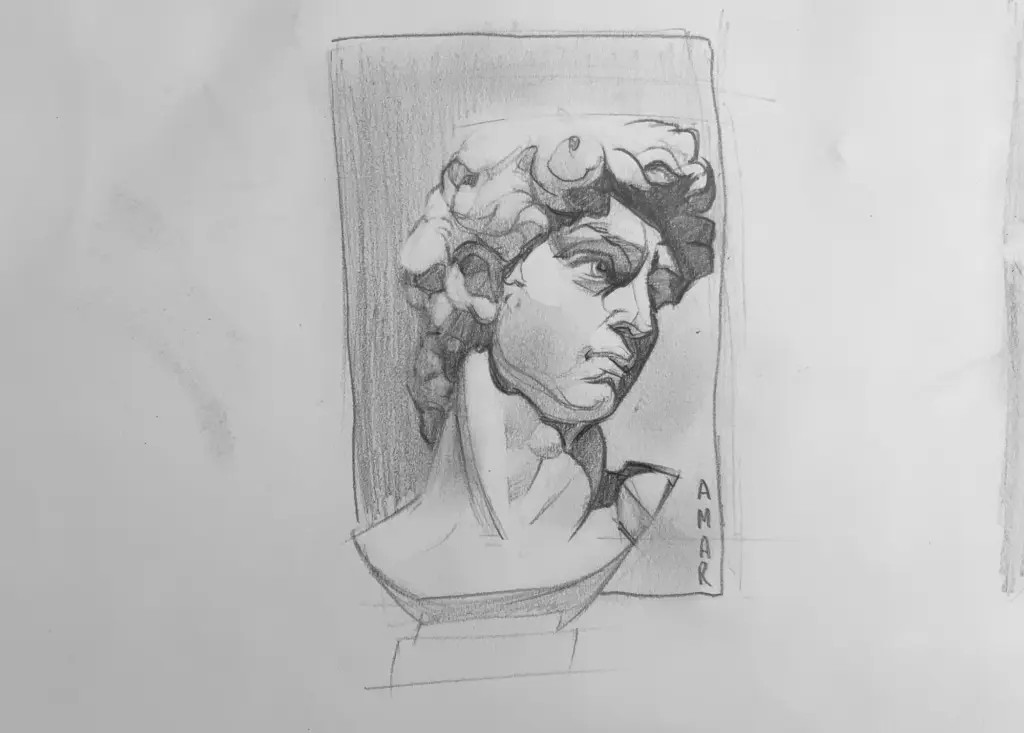
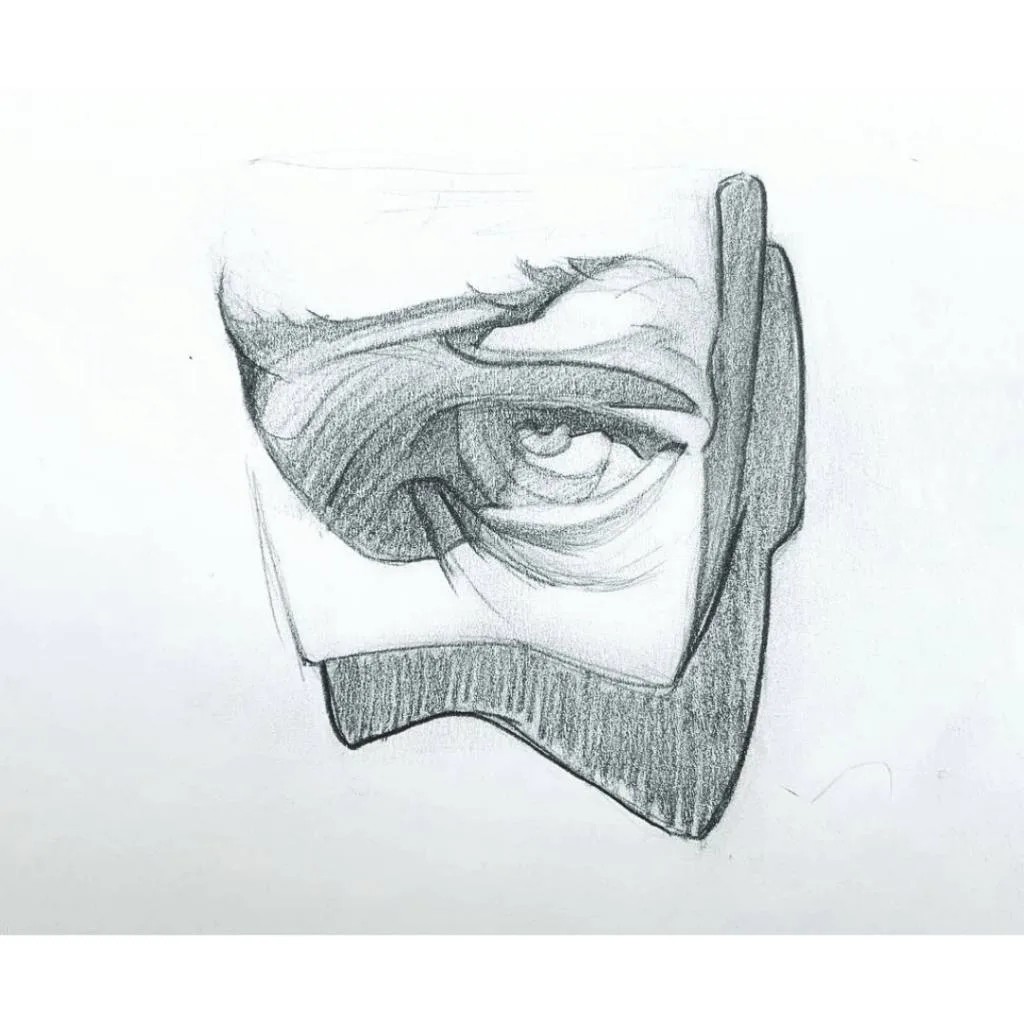
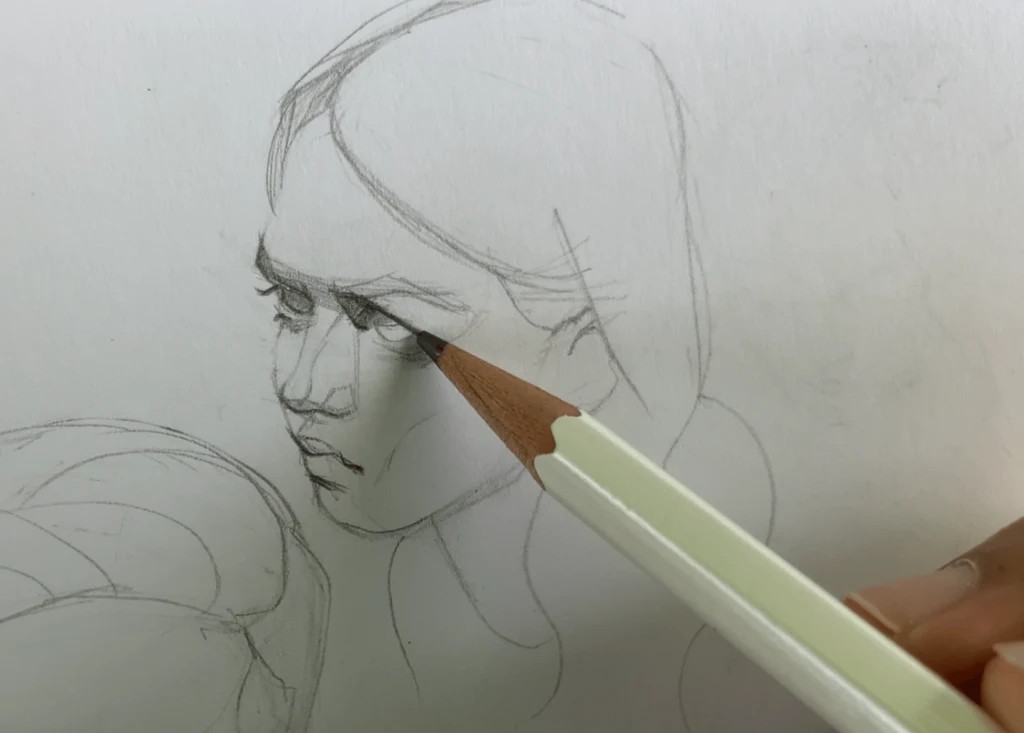
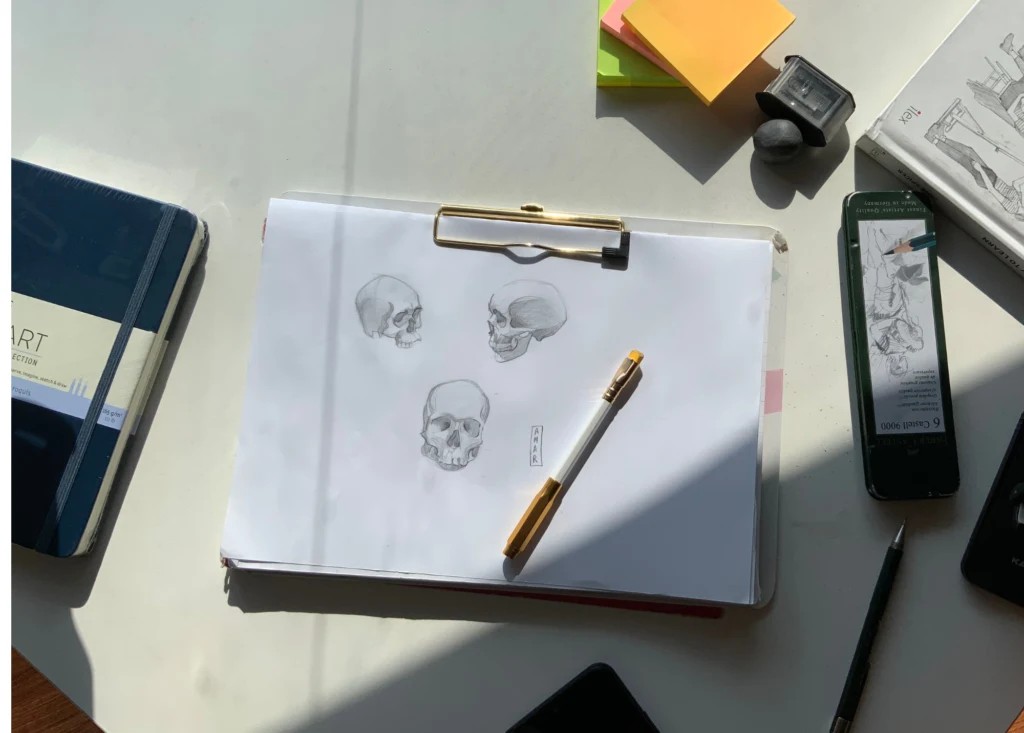
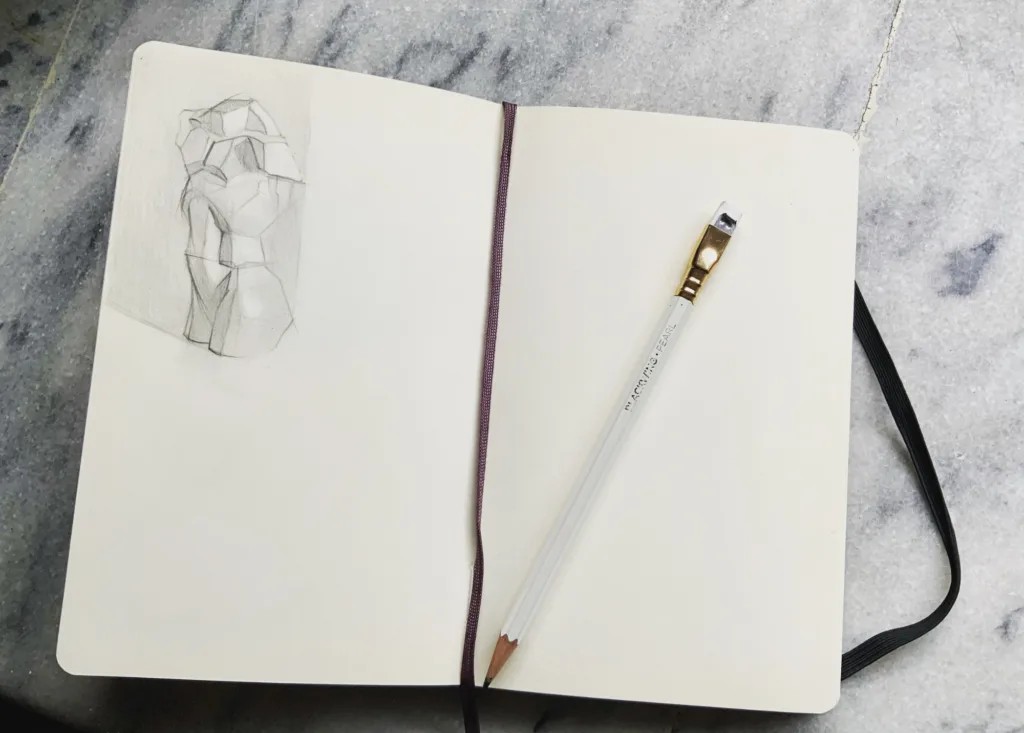

9. The Best Resources for Learning to Draw
Numerous resources can support your drawing journey:
9.1. Online Courses and Tutorials
Platforms like LEARNS.EDU.VN, Udemy, Coursera, and Skillshare offer a wide range of drawing courses for all skill levels. These courses often include video lessons, assignments, and feedback from instructors.
9.2. Books and Manuals
Many excellent books can guide you through the fundamentals of drawing. Some popular titles include “Drawing on the Right Side of the Brain” by Betty Edwards, “How to Draw: Drawing and Sketching Objects and Environments from Your Imagination” by Scott Robertson, and “Figure Drawing: For All It’s Worth” by Andrew Loomis.
9.3. Art Communities and Workshops
Joining an art community or attending workshops can provide valuable opportunities to learn from other artists, receive feedback on your work, and stay motivated. Websites like DeviantArt and ArtStation are great places to connect with other artists. Local art centers and community colleges often offer drawing workshops and classes.
9.4. Software and Digital Tools
For digital artists, software like Adobe Photoshop, Procreate, and Corel Painter offers a wide range of tools and features for creating digital drawings. Digital drawing tablets such as Wacom and iPad Pro can enhance your drawing experience.
10. The Benefits of Learning to Draw
Learning to draw offers numerous benefits beyond just creating art:
10.1. Enhancing Creativity and Problem-Solving Skills
Drawing encourages creative thinking and helps you develop problem-solving skills. When you draw, you’re constantly making decisions about composition, perspective, and shading, which can enhance your ability to think critically and creatively.
10.2. Improving Observational Skills and Attention to Detail
Drawing trains you to observe the world around you more closely and pay attention to detail. This can improve your overall perception and awareness.
10.3. Reducing Stress and Promoting Mindfulness
Drawing can be a relaxing and meditative activity that helps reduce stress and promote mindfulness. The act of creating art can be a form of therapy, allowing you to express your emotions and focus on the present moment.
10.4. Boosting Confidence and Self-Esteem
As you improve your drawing skills, you’ll gain confidence in your abilities and feel a sense of accomplishment. This can boost your self-esteem and overall well-being.
11. Frequently Asked Questions (FAQ)
Q1: Is it possible to learn to draw if I have no natural talent?
Yes, drawing is a skill that can be learned through practice and dedication.
Q2: How much time should I spend practicing drawing each day?
Aim for at least 30 minutes to an hour of practice each day to see consistent improvement.
Q3: What are the essential materials I need to start drawing?
You’ll need a sketchbook, pencils (HB, 2B, 4B, 6B), erasers, and a sharpener.
Q4: How can I improve my drawing accuracy?
Practice measuring proportions, using techniques like sight-sizing and grid drawing.
Q5: What should I do if I feel discouraged with my progress?
Don’t give up! View mistakes as learning opportunities, and focus on small improvements.
Q6: Are online drawing courses worth the investment?
Yes, online courses can provide structured lessons, feedback, and guidance from experienced instructors.
Q7: How can I find my own unique drawing style?
Experiment with different techniques, subjects, and mediums to discover what resonates with you.
Q8: Is it necessary to study anatomy to draw figures?
Yes, understanding anatomy is essential for creating realistic and dynamic figures.
Q9: What are some common mistakes beginners make in drawing?
Common mistakes include not understanding perspective, ignoring proportions, and not using a full range of values.
Q10: How can I stay motivated to keep drawing?
Join an art community, set realistic goals, and celebrate your progress along the way.
12. Conclusion: Your Journey to Drawing Proficiency
Learning to draw is a journey that requires time, effort, and dedication. While it may seem challenging at first, with the right strategies, resources, and mindset, anyone can develop their drawing skills. Remember to focus on the fundamentals, practice consistently, and embrace the learning process.
Ready to embark on your artistic journey? Visit LEARNS.EDU.VN today to explore our comprehensive drawing courses and unlock your creative potential! At LEARNS.EDU.VN, we’re passionate about providing accessible, high-quality education to learners of all ages and backgrounds. Whether you’re looking to enhance your professional skills, explore a new hobby, or simply expand your knowledge, we have something for you.
Contact us:
- Address: 123 Education Way, Learnville, CA 90210, United States
- WhatsApp: +1 555-555-1212
- Website: learns.edu.vn
Start drawing and witness the incredible transformation of your skills!